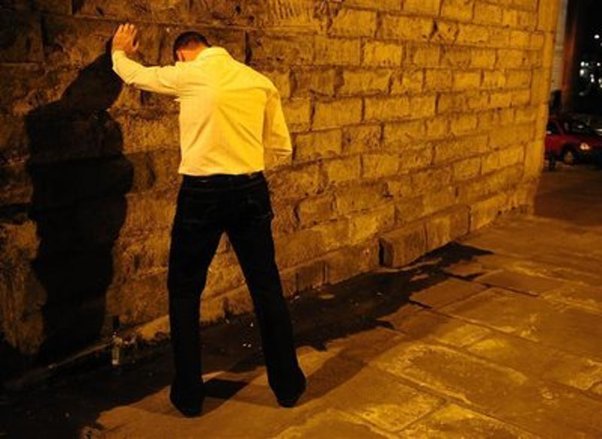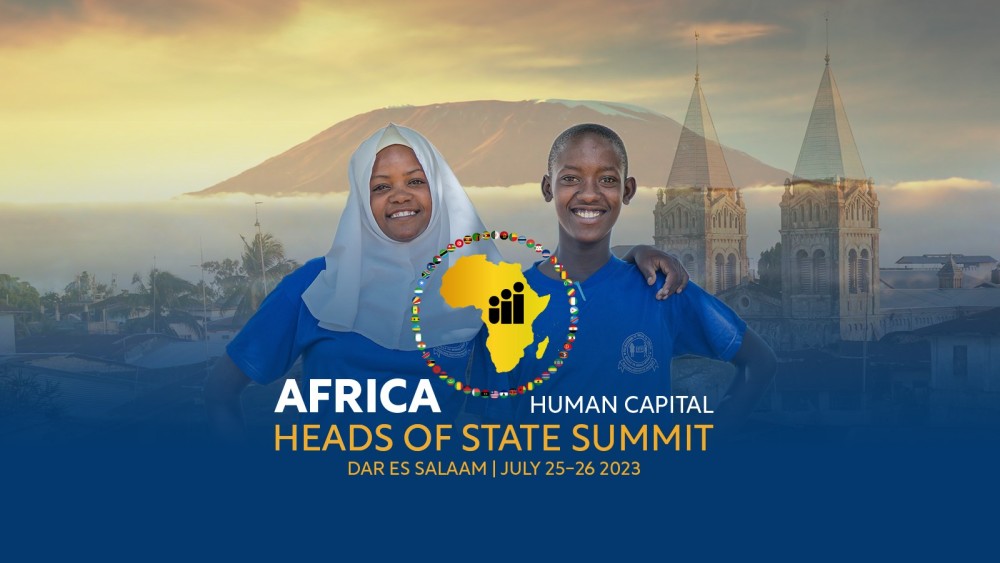Femicide, the heartbreaking act of intentionally taking a woman’s life, echoes through the shadows of our societies. In recent years, Kenya has bravely confronted this dark reality through the “End Femicide” movement.
A 2022 survey found at least one in three Kenyan women had endured physical violence at some point in their lives. Amnesty International says more than 500 cases of femicide were recorded in Kenya between the years 2016 and 2023.
Over 30% of Kenyan women experience physical violence during their lives, and 13% experience some form of sexual violence, according to a government report released in 2023. But human rights organizations say the figure only represents a fraction of the actual cases, alluding to the fact that many go unreported.
Femicide or feminicide is a term for the hate crime of systematically murdering women, girls, or females in general because of their gender and sex.
Gender-related killings based on gender (femicide/feminicide) represent the most brutal form of violence against women and girls. Femicide involves intentional killings motivated by gender-related factors, often influenced by stereotypical gender roles, discrimination, unequal power dynamics, or harmful societal norms.
Despite prolonged efforts by women’s rights groups and increased awareness from Member States, the current evidence suggests insufficient progress in curbing such violence.
Five Facts to Know About Femicide
Fact 1: Women and girls are most likely to be killed by those closest to them
In the chilling reality of 2022, a staggering 48,800 women and girls met their tragic end at the hands of those they should have trusted the most—their intimate partners or family members, be the fathers, mothers, uncles, or brothers. Pause and consider this: more than 133 women or girls lost their lives each day, victims of someone within the supposed safety of their own family.
What’s even more unsettling is that, on average, 55 per cent of these heinous acts are committed by current or former intimate partners. These are numbers and harrowing stories that demand our reflection and collective action.
Fact 2: Femicide is a universal problem
Femicide, a global crisis, demands urgent attention. In 2022, Africa led with 20,000 female victims, Asia with 18,400, the Americas with 7,900, Europe with 2,300, and Oceania with 200. Adjusted for population, rates per 100,000 highlight the severity: 2.8 in Africa, 1.5 in the Americas, 1.1 in Oceania, 0.8 in Asia, and 0.6 in Europe. These stark numbers reveal a pressing issue requiring collective action.
Fact 3: The accurate scale of femicide is likely much higher
The reported femicide numbers, though alarming, reveal only part of the grim reality. Nearly 40% of intentional murders of women and girls lack sufficient information to be categorized as gender-related killings. This underscores a critical issue of underreporting, influenced by variations in national criminal justice recording and investigative practices.
Fact 4: Some groups of women and girls face greater risk
There continue to be significant limitations in data and information on gender-related killings of certain groups of women and girls. Women in the public eye, including those in politics, women human rights defenders and journalists, are often targets of intentional acts of violence, both online and offline, with some leading to fatal outcomes and deliberate killings.
Despite data limitations, the available evidence from Canada and Australia suggests that indigenous women are disproportionately affected by gender-related killings. At 4.3 per 100,000 women and girls, the rate of female homicide in Canada was five times higher among indigenous than among non-indigenous women and girls in 2021.
To prevent femicide, national authorities must record comprehensive data on victims. Countries can better inform prevention and protection mechanisms by identifying women and girls at greater risk.
Fact 5: Femicide can and must be prevented
Gender-related killings and other forms of violence against women and girls are not inevitable. They can and must be prevented through primary prevention initiatives focused on transforming harmful social norms and engaging whole communities and societies to create zero tolerance for violence against women.
Read the REPORT here.
The Femicide Emerges: What Happened in Kenya?
Protests against femicide took place in many regions in Kenya after a rise in killings at the beginning of this year. These reports prompted public outrage, debate among men and women, and demonstrations in Kisumu, Mombasa, and Nairobi.
This journey is more than just a set of policies; it’s a testament to the human spirit’s resilience. As we look at this movement, we find essential lessons that could illuminate the path for Tanzania’s battle against femicide.
Following news published by Al Jazeera by Shola Lawal on January 27, 2024, a few days ago, the recent tragic murders of two Kenyan women have thrust the alarming frequency of gender-based violence into the spotlight, prompting activists to call for more robust government measures to safeguard women.
On January 14, Rita Waeni, a 20-year-old student, met a gruesome fate as she was killed and dismembered in a short-term rental apartment in Nairobi. Just days prior, Starlet Wahu, a 26-year-old Instagram personality, was discovered lifeless in an Airbnb room, succumbing to a fatal stab wound inflicted by a man she had met online.
These two cases represent only a fraction of at least four reported gender-based murders in Kenya since the beginning of the year, reflecting a concerning surge in violence against women, as reported by various rights groups.
In response to the growing social media outcry, women planned a protest on January 27 to demand more decisive action from authorities.
ALSO READ RELATED: Why are men considered the main perpetrators of violence in Tanzania?
The Killings Continues Within a Next 2 Days
As reported by NTV Kenya on January 29, 2024, tragically, after hours, in the aftermath of a peaceful march protesting femicide in Kenya, a haunting discovery unfolds: a 20-year-old girl, missing for two weeks, is found brutally murdered in the Kinare forest, Kiambu County.
As details emerge, the brutality of the crime becomes evident. The young victim, covered in blood, reveals a harrowing scene. Her private parts are also drenched in blood, and the removal of her underwear suggests the possibility of a heinous act of rape preceding her untimely demise.
Meanwhile, residents of the area have complained about the forest, saying that it has become a harbour for crime.
2 weeks into 2024, headlines tell of women killed by men close to them. The cases only scratch the surface, countless deaths go unrecognized.
This Friday, with @AfUncensored & @Africa_DataHub, we launch "#SilencingWomen": a database of femicide cases since 2016. #EndFemicideKE pic.twitter.com/kalubrYM0t
— VybeCast (@VybeCast) January 16, 2024
Femicide is not just a crime but a manifestation of the deepest cracks in our societal foundations—gender inequality, cultural norms, and economic disparities. Understanding femicide is peeling back the layers, acknowledging the pain, and recognizing that each lost life leaves an indelible mark on our collective conscience.
A Guide to Tanzania as a Precautionary Measure
Kenya, a country like many others, has faced the grim reality of femicide. Yet, amidst the darkness, there’s a glimmer of hope as Kenya takes bold strides to challenge this narrative. Let’s look at Kenya’s story, hoping it can guide Tanzania toward its healing journey.
Kenya didn’t just rewrite laws; it rewrote the narrative of justice. The legal reforms weren’t just about imposing stricter penalties; they were a collective roar demanding justice for the voiceless. Tanzania can draw inspiration from Kenya’s journey and work towards not just reforming laws but also ensuring that the legal system becomes a shield for those threatened by femicide.
The “End Femicide” movement is about policies and transforming hearts. Gender sensitization programs have become the heartbeat of change, challenging norms and shattering stereotypes. Tanzania can foster a similar shift by investing in programs beyond legalities to reshape cultural attitudes and foster a society that champions equality.
Kenya acknowledged that the fight against femicide needed an army of guardians. The police have now become more than enforcers; they have become protectors. Tanzania can strengthen its guardianship by investing in training that equips law enforcement to be allies, ensuring that every officer understands the weight of the responsibility they bear in femicide cases.
Our strength as a country not only lies in preventing femicide but in healing the wounds it leaves behind. Support systems, shelters, and counselling services aren’t just services but a balm for wounded souls. The fight doesn’t end with prevention; it extends to empowering survivors and offering them a path to recovery.
The fight against femicide is a symphony of voices raised as one. Community engagement and awareness campaigns aren’t just strategies; they echo a society saying, “No more.” Tanzania can create a similar chorus by engaging communities, educating them, and fostering a collective commitment to protect the women within their folds.
The “End Femicide” movement is a story of human triumph. It’s more than strategies, and it’s empathy in action. The government can embark on this journey, learning not just from policies but from the human spirit that refuses to accept femicide as an inevitable fate.
It’s time that we put more concentration on raising awareness about the broader issue of gender-based violence in the region, prompting discussions and actions to prevent similar incidents.
We must improve the reporting of these cases to ignite awareness in our communities, unravel the intricate dance of understanding, and navigate the labyrinth of protective laws – that’s the symphony we seek. Yet, can we progress if the keepers of statistics and information remain entangled in inertia? Let’s question the shadows and dispel the fear that shackles our potential!
The lessons from our neighbours are more than guidelines; they are lanterns lighting the way toward a future where every woman can walk free, unburdened by the shadows of fear. This isn’t just a fight against femicide; it’s a collective hug, a commitment to humanity.
“Tuamke Watanzania, Tuchukue Hatua Sasa..!”




